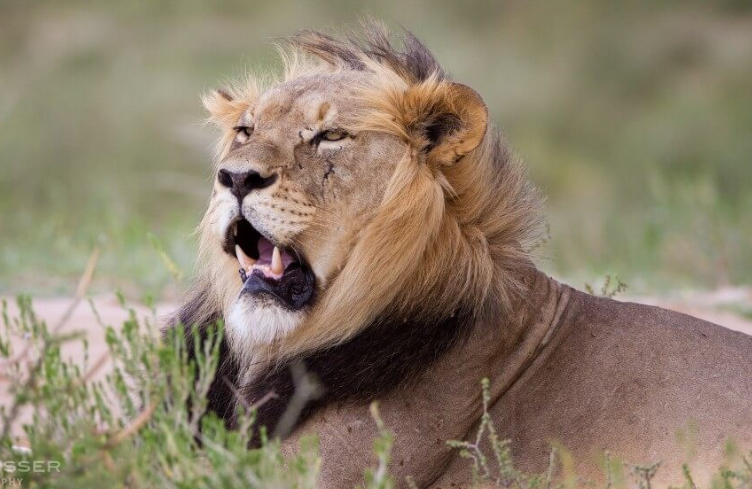
It was once that Africa’s landscapes echoed with the resonant roars of an estimated 200,000 lions.
Yet, by the close of the 20th Century, their numbers significantly receded.
According to recent estimates by the International Union for Conservation of Nature (IUCN), the present African lion population is a meager 20,000.

A steady, heart-wrenching decline of around 90% in less than a century. This drastic reduction earned the species a ‘Vulnerable’ status on the IUCN Red List.
This thundering silence is a bitter testament to the cocktail of threats beleaguering these majestic predators.
Among them, habitat loss, conflict with humans, a reduction in prey, and illegal wildlife trafficking rank high.
Looming Threats to African Lion Survival
In African lion range territories, escalating human population growth commandeers a double-barreled threat: habitat loss and depletion of their prey base.
As we rally to accommodate our expanding species, wilderness areas are transmuted into habitats unsuitable for lions.
Closely linked, their prey base, essential for survival, is consumed by increasing livestock farming and bushmeat trade.
Huma-lion conflict further compounds the crisis. Cattle farmers often retaliate against lions to save their livelihood, as the kings venture closer into human territory in their search for food.
To make matters worse, the trafficking crisis accelerates this decline. Lion bones and other body parts, seen as status symbols or used in traditional Asian medicine, are trafficked in a lucrative underground market.

Anti-Poaching Efforts: Combating the Illegal Wildlife Trade
In the heart of Africa lies a stark reality that many of us, comfortably nestled in our homes, are unaware of. The relentless fight to safeguard our glorious, yet endangered, king of the Savannah, the African lion continues.











